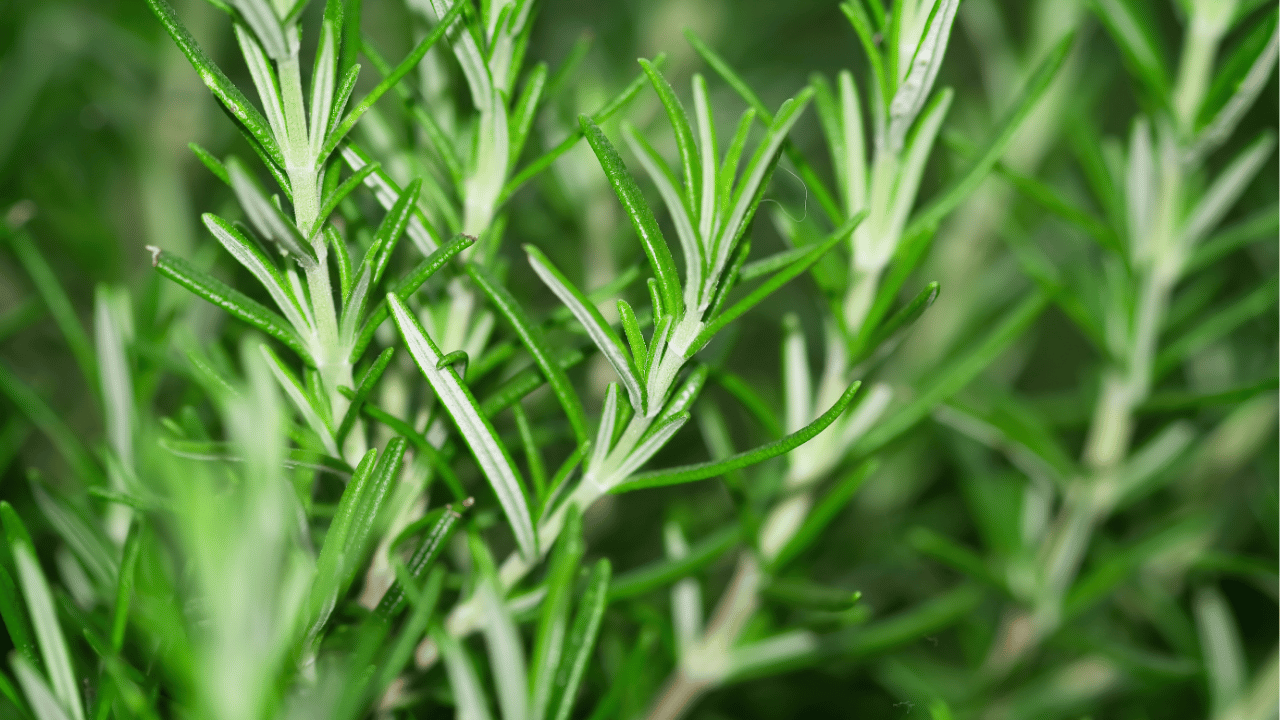Rosemary, with its aromatic leaves and resilient nature, is a favorite for gardeners who seek beauty and practicality. Though relatively low-maintenance, rosemary requires attention to thrive, especially when you want its full, flavorful potential. By knowing how to meet its specific needs, you can ensure a robust, fragrant plant that enhances both your garden and kitchen.
1. Ensure Full Sunlight
Rosemary craves abundant sunlight, ideally at least six hours a day. A sunny spot in your garden or a south-facing window if grown indoors will guarantee it receives the light it needs for lush growth.
Without adequate sunlight, rosemary’s growth slows, and its leaves may become sparse. For maximum vitality, rotate the plant regularly if indoors, or ensure there’s no shade creeping in from other plants or structures.
2. Water Sparingly But Consistently
Although rosemary is drought-tolerant, it prefers to stay slightly moist without sitting in waterlogged soil. Water deeply once the top inch of soil dries out, but be careful not to overwater.
Too much moisture can lead to root rot, a common issue with rosemary. Ensuring proper drainage by using a well-draining potting mix or raising garden beds can help prevent this problem.
3. Use Well-Draining Soil
A well-draining soil mix is critical for rosemary’s health. Opt for a sandy, loamy blend or add perlite to improve drainage in heavier soils.
Without sufficient drainage, the roots can become waterlogged, leading to rot and fungal issues. Test your soil regularly and amend it if it holds too much water, ensuring your rosemary’s roots stay healthy and aerated.
4. Prune Regularly for Shape and Health
Pruning is essential to keep your rosemary bushy and prevent it from becoming leggy. Trim back the plant by about a third in late spring or early summer, just after flowering.
Regular pruning not only maintains a desirable shape but also stimulates new growth, leading to a fuller, more robust plant. Be mindful not to cut too close to the woody stems, as this can damage the plant’s ability to regrow.
5. Fertilize Sparingly
Rosemary isn’t a heavy feeder and prefers lean soil. A light application of a balanced, slow-release fertilizer in spring can provide all the nutrients it needs for the growing season.
Excessive feeding can lead to a less flavorful plant, as too much nitrogen promotes leaf growth at the expense of essential oils. Stick to organic fertilizers or compost for a more natural approach to soil nutrition.
6. Provide Air Circulation
Good air circulation is crucial for rosemary to prevent fungal infections, especially when grown indoors or in humid climates. Ensure there’s enough space between plants or move potted rosemary to an open area.
Crowded conditions can lead to mildew and other diseases, so it’s essential to maintain airflow. In addition to spacing, gently shaking the plant can help improve circulation and keep the leaves dry.
7. Protect from Frost
Though rosemary is relatively cold-hardy, it can suffer damage or die in harsh frosts. In colder climates, bring potted rosemary indoors, or cover garden plants with frost cloths during freezing nights.
When moving indoors, be sure to place it in a bright location to continue its growth. If left unprotected during frosty weather, rosemary may lose its leaves or die back entirely, so timely intervention is key.
8. Choose the Right Pot Size
If growing rosemary in containers, selecting the right pot size is vital. A pot that’s too small can restrict root growth, while one that’s too large can lead to overwatering and root rot.
A container that’s 12–16 inches in diameter works well for mature plants. Make sure it has drainage holes to prevent water from pooling at the bottom and damaging the roots.
9. Mulch to Retain Moisture
Mulching around the base of rosemary can help conserve moisture, especially during hot, dry spells. Use a thin layer of organic mulch like straw or pine needles, taking care not to smother the base of the plant.
Mulching also helps regulate soil temperature, keeping roots cool in summer and insulated during colder months. Just ensure the mulch doesn’t trap excess moisture, which could lead to rot.
10. Monitor for Pests
While rosemary is generally pest-resistant, it’s still vulnerable to aphids, spider mites, and whiteflies, particularly if grown indoors or in poorly ventilated spaces. Regularly inspect the leaves and stems for signs of infestation.
If pests are detected, a quick spray of neem oil or an insecticidal soap can handle the problem without harming the plant. Keeping the plant healthy and well-ventilated helps reduce the chances of pest issues.

